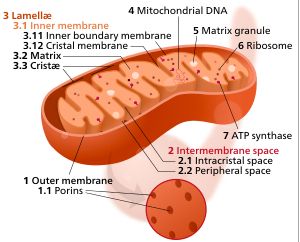For the first time, researchers have reported decreases in levels of a key molecule in aging human skin, which could lead to developing new anti-aging treatments and screening new compounds.

Scientists have known for some time that major structures in the cell called mitochondria (which generate and control most of the cell’s supply of energy) are somehow involved in aging, but the exact role of the mitochondria has remained unclear.
The longstanding “mitochondrial free radical theory of aging,” originally proposed by Professor Denham Harman in 1972, is currently the most widely accepted theory of aging. It proposes that mitochondria contribute to aging by producing free radicals — chemicals that can damage our genetic material and other molecules and so accelerate aging. Free-radical production increases lead to a cycle of further damage and further increases in free radicals.
